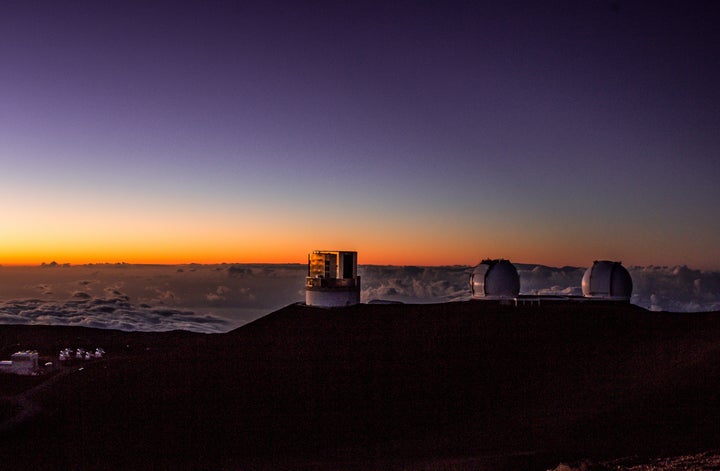For the first time ever astronomers have a tool that allows them to directly observe exoplanets and even look for extra terrestrial life.
The new hardware works as an exoplanet hunter and is helping scientists to see our cosmic neighbourhood, as far as 50 light-years away, with more clarity than ever before.

CHARIS, or the Coronagraphic High Angular Resolution Imaging Spectograph, has been fitted to Hawaii’s Subaru telescope, which already measured 8.2 metres long.
CHARIS works by reflecting light off the alien planets, rather than the pervious method of detection, which just monitored shifts in a star’s light spectrum.
Made up of nine mirrors, five filters, two prism assemblies and a microlens array, this is a serious piece of kit.
The new gadget was designed by a team from Princeton University, lead by Professor N. Jeremy Kasdin and he compared the new capabilities to finding: “The light reflecting from a speck of tinsel floating in a spotlight hundreds of miles away.”
This groundbreaking method will be able to provide huge insight into the individual planet’s size, age and atmosphere. Information that was previously impossible to obtain.
Exoplanets are defined by NASA as a planet that orbits a star outside the solar system, and the first exoplanet was discovered in 1995.
Since then another 3413 exoplanets have been confirmed by NASA, ranging in size from double Earth’s moon to almost twice the size of Jupiter. There are also 4696 candidates and 2544 solar systems.
The telescope is still in a testing phase, but will be more widely available to astronomers from February 2017.
